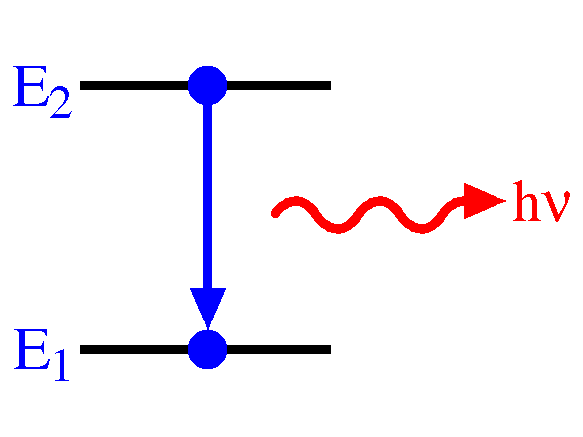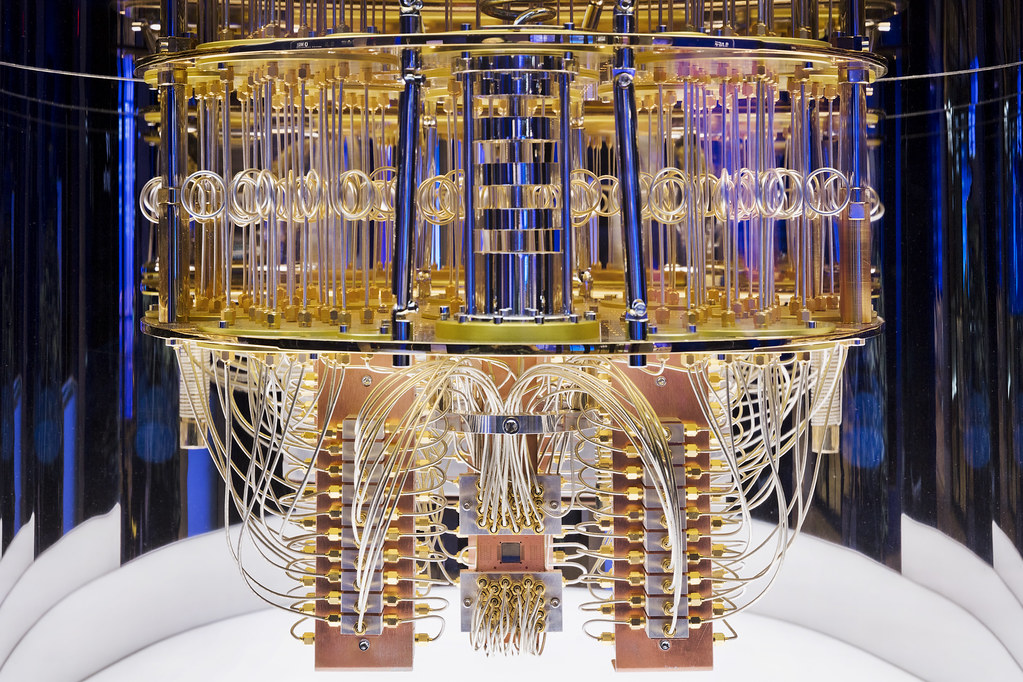Introduction
Single photon sources are a relatively new type of light source that was first developed and tested in 1974. Unlike most classical light sources, this type of a source emits light as a single photon and possesses quantum characteristics that are not available in conventional sources. As the quantum field and quantum applications started to emerge, interest in developing single photon sources grew bigger to meet the needs of this industry and match the developmental speed of this new area of optics. More interestingly, the first-ever “on-demand” single photon source took an additional 20 years before it was invented, and it is now the building block of quantum technologies.
In this article, we will discuss the emergence of single-photon sources and the applications that drove the invention and development of these sources.
What is a photon?
By definition, a photon is a massless particle that can travel at the speed of light and carries quantized energy. Photons can be thought of as packets of light that have well defined energies, and the collection of these particles form light. The photon became a more appealing tool to the rapidly growing quantum information science industry as it has the capacity to perform better and more efficiently than classical objects or particles. This can be explained by the fact that photons can travel at the speed of light and interact less with their environment giving rise to less losses and fewer delays.
Encoding information in a photon also has the potential of guaranteeing fully secure communications. Furthermore, certain quantum communication applications such as quantum key distribution require the injection of no more than a single photon into the optical communication channel. If more than one is propagated through the channel, the information can be leaked and compromised by another party often referred to as an eavesdropper in the field.

Example of a photon emission that happens due to the relaxation of an electron from a higher energy state to a lower energy state. Courtesy of Wikimedia Commons.
Single Photon Generation
An ideal single photon source acts as a “photon gun”. This means that only one photon is generated when the trigger is pulled. One way to create a photon gun is to use diamonds. Diamonds have a nitrogen vacancy near their center and nitrogen is an atom that can be excited individually using a laser. Upon exciting the atom, fluorescence occurs, and photons are emitted. Usually, the system is paired with a cavity or a semiconductor that would suppress all photons except for one.
Another approach is to use the generation of an electron-hole pair in a semiconductor. Optical pumping can be employed to generate the pair which will later recombine and emit a photon.
Developing photon guns can be a laborious task that involves several complex processes, but it is not the only method used to generate single photons. Another method that can be used instead is a weak laser pulse, sometimes referred to as a faint laser pulse. Certain quantum applications have less constraints when it comes to the single-photon source, it is therefore possible to use an attenuated laser pulse (e.g. by using Neutral Density Filters) to generate the light particle. This pulse will emit very few photons where the probability of generating more than one photon is 1 in 20.
Single molecules have also been studied as a potential single-photon source. An atom, a molecule, and even a quantum dot are particles that can only generate one photon at a time. However, the direction in which the photon will be emitted is random and cannot be precisely predicted, making it difficult to detect and control.
Quantum Applications of Single Photon Sources
Attempts of realizing the ideal single-photon light source have been driven by a multitude of applications. In the section below, we will discuss two of the most prevalent quantum applications and explain why single-photon light sources are an active area of research.
Quantum Key Distribution
Quantum Key Distribution (QKD) is one of the most well-known protocols of quantum cryptography. It is a method of securely exchanging information also known as a key between 2 parties without the risk of losing that information or it being intercepted by an eavesdropper. This mechanism is secured by the quantum mechanical properties, more specifically the observer effect. This effect dictates that the quantum state or more simply the photon cannot be identified unless it is directly measured. And a measurement cannot be taken without changing the quantum states.
So, when an eavesdropper measures the state, the sender and the receiver will be notified. Traditionally, the eavesdropper can intercept one of the photons sent and extract information without the two parties at either end of the channel noticing. This is due to experimental errors in the system, but the risk of losing information can be completely eliminated if a single photon is used. This is why single-photon sources are especially crucial to Quantum Key Distribution, especially “on-demand” sources where the photon can be generated whenever the user desires offering more control over the system.
Quantum Computing
Quantum computers are now the new generation of computers that have the capacity to perform calculations and operations and solve problems that are too complex for classical computers. Not to mention that these devices can be millions of times faster than supercomputers. Like their classical equivalent, quantum computers use quantum bits or qubits.
In fact, the photon generated by a single-photon source can be used as quantum bits in all quantum computers. Besides traveling at the speed of light, they can be encoded using different parameters offering a high degree of freedom compared to classical bits. In other words, quantum computers can be realized using photons and reach higher efficiency and speed.

Interior of an IBM quantum computing system. Courtesy of IBM.
Conclusion
Single photon sources are of great importance and effectiveness to the quantum field. Using these sources could eliminate many issues and allow for quantum applications to be integrated faster with existing technology. And although several single-photon generation methods have been studied and thoroughly researched, some challenges remain unsolved.
This article was brought to you by Gentec-EO - a leading provider of solutions in photonic sensing and laser beam measurements.
